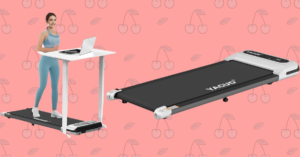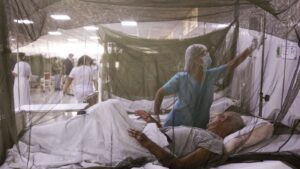These efforts should help create the conditions needed for lasting and rewarding change in society as a whole. Yesterday marked the completion of round two of Gaza Strip polio vaccination campaign; 556 774 children under 10 received second dose of polio vaccine, as well as 448 425 2- to 10-year-old children receiving vitamin A supplements as part of three phases conducted over recent weeks. Administrative data show that approximately 94% of 591 714 children aged under 10 in Gaza received two doses of nOPV2 across Gaza Strip despite extremely difficult circumstances surrounding its execution, marking an outstanding achievement given these challenging circumstances. The campaign achieved 103% and 91% coverage respectively in central and southern Gaza; while in northern Gaza where access restrictions prevented its full effect, 88% coverage was achieved according to preliminary data. An estimated 7,000-10 000 children living in inaccessible areas like Jabalia, Beit Lahiya and Beit Hanoun remain unvaccinated against poliovirus infection and remain susceptible. This raises the risk of further spread of poliovirus within Gaza and surrounding countries and ends the initial vaccination campaign launched in September 2024. This round also took place over three stages, in three distinct parts of Gaza (central, south, and northern), following humanitarian pauses specific to each zone. After two phases had successfully proceeded as planned, the third one in northern Gaza had to be temporarily postponed on 23 October due to intense bombardments, mass displacements and insecure access conditions. Following careful evaluation by a technical committee composed of representatives from the Palestinian Ministry of Health, WHO, UNICEF and UNRWA; on 2 November the campaign resumed as planned. However, due to access restrictions within Gaza City limits and reduced area covered by humanitarian pauses during this campaign. Due to hostilities, over 150 000 people had to evacuate North Gaza into Gaza City due to security threats; this allowed for greater than anticipated access of children than anticipated. Despite these challenges and thanks to the incredible dedication and courage shown by parents, children, communities and health workers – the phase in Northern Gaza was completed successfully and at least two doses with at least 90% coverage are necessary per community in order to stop circulation of the polio strain that affects Gaza. At present, efforts will continue to enhance immunity through routine immunization services offered at functional health facilities and strengthen disease surveillance to quickly detect any additional transmission (whether among affected children or in environmental samples). Epidemiological trends will dictate any further outbreak responses; WHO and UNICEF, therefore, continue calling for an international ceasefire as necessary in order to fully implement surveillance and routine immunization services that protect against vaccine preventable diseases other than polio. As well as attacks against primary healthcare centers, this campaign highlights what can be accomplished with humanitarian pauses. Such measures must extend beyond emergency polio responses towards other forms of care to meet dire needs in society.
UNICEF and WHO completed round two of polio campaign in Gaza amid continued hostilities:
![[original_title]](https://rawnews.com/wp-content/uploads/2024/11/gaza-polio-campaign-nov-2024.tmb-1200v-1024x683.jpg)
Social Share








